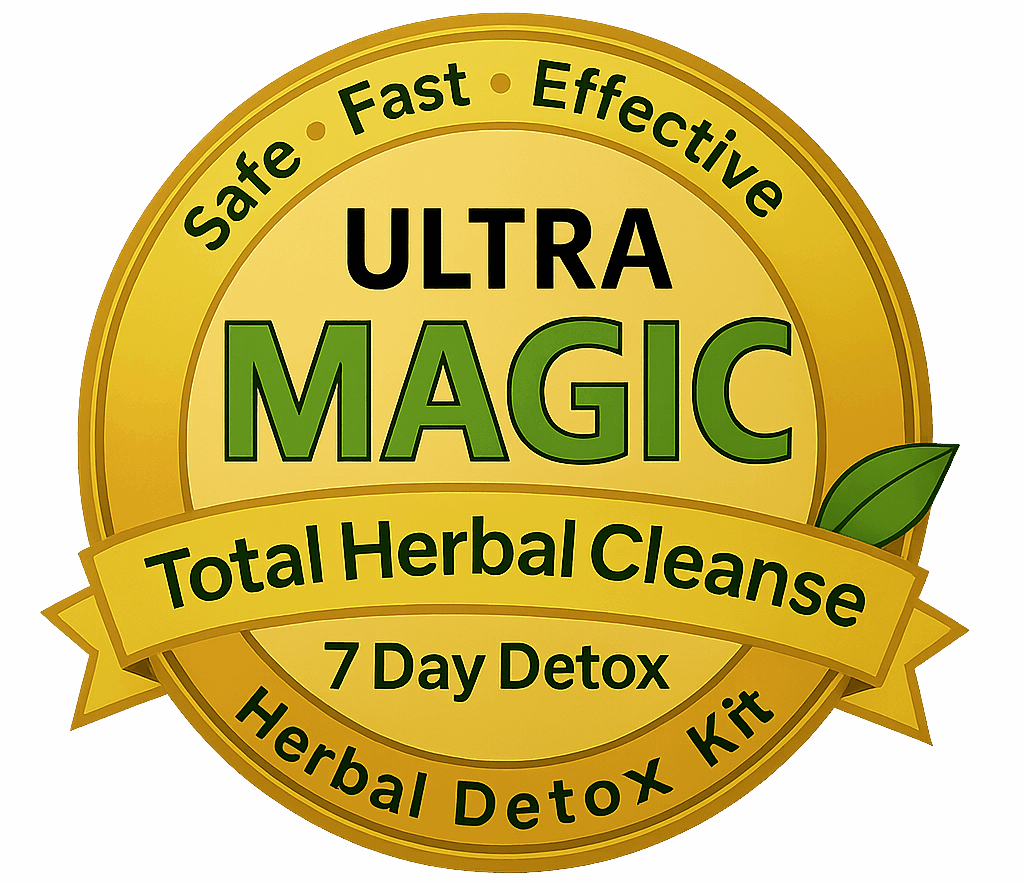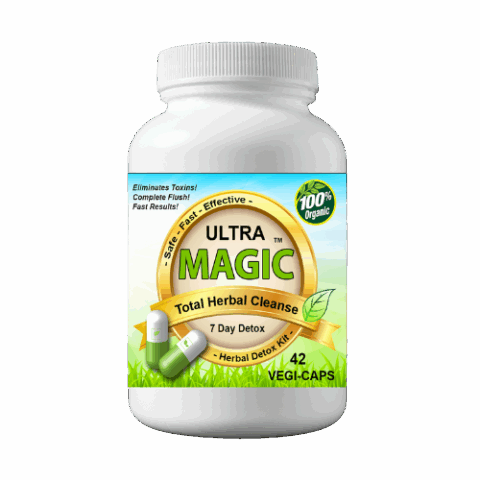
How Body Fat Affects THC Detox: Science, Timelines, Tips
THC detox simply means how your body clears THC and its byproducts after cannabis use. Because THC is fat‑soluble, it tucks into fat cells (adipose tissue) and releases slowly over time. That’s why two people with the same use pattern can have very different detection windows: more body fat often means THC sticks around longer. It also explains “surprise” spikes after hard workouts or fasting—stored THC can briefly reenter the bloodstream even when you’ve stopped using.
This guide explains the science behind THC’s bond with fat and how the liver and kidneys ultimately clear it. You’ll get quick, practical answers on whether higher body fat slows detox, how it shifts timelines for urine, saliva, blood, and hair tests, and how usage patterns change everything. We’ll cover exercise and weight‑loss timing, diet and hydration myths vs evidence, genetics and age factors, safe supports, a simple pre‑test plan, and pitfalls that trigger rebound positives—so you can plan with confidence.
The science: why THC binds to fat and how the body clears it
THC (delta-9-tetrahydrocannabinol) is highly lipophilic, so after you use cannabis it doesn’t just float around in blood—it partitions into fat cells and settles there. That adipose “storage” explains how body fat affects THC detox: the more fat available, the larger the reservoir and the longer the slow leak back into circulation. When fat is broken down (lipolysis) during hard workouts or fasting, studies show blood THC can temporarily rise as dormant THC is released, a mechanism that can even cause brief “reintoxication” in chronic users.
Your body ultimately clears THC through metabolism and excretion. The liver converts THC into metabolites—most notably THC-COOH—the non‑psychoactive compound urine tests target. Because THC keeps trickling out of fat, the liver and kidneys see a steady supply for days to weeks, stretching the detection “tail” long after effects wear off. In practice, detox isn’t just about abstaining; it’s about how fast that fat reservoir empties and how efficiently your liver and kidneys process what’s released.
- • Bind: THC rapidly partitions into adipose tissue.
- • Release: Lipolysis (exercise/fasting) increases back‑to‑blood spillover.
- • Metabolize: Liver converts THC to THC‑COOH.
- • Eliminate: Kidneys excrete metabolites in urine over time.
Quick answer: does higher body fat make THC detox slower?
Yes—on average, higher body fat slows THC detox. THC is lipophilic and accumulates in adipose tissue; more fat means a larger reservoir and a longer, steady “leak” of THC into the blood, which keeps urine metabolites (like THC‑COOH) detectable longer. Research in chronic users shows delayed excretion from fat stores and temporary spikes in blood THC during fat‑burning (exercise/fasting), underscoring how storage drives timelines. That said, frequency of use, metabolism, genetics, and test type still matter—heavy daily use can outlast a lean build, while occasional use plus lower body fat usually clears faster.
How body fat percentage changes detection windows
Body fat percentage doesn’t just change your weight; it changes your THC timeline. Because THC is lipophilic, higher adipose tissue creates a larger reservoir that leaks THC back into blood over time. That slow leak keeps urine metabolites (THC‑COOH) detectable longer, shifting you toward the upper end of “typical” windows reported by labs and clinics (for many, days become weeks). Research also shows lipolysis—fat burning during vigorous exercise or fasting—can briefly raise blood THC, which can prolong or complicate clearance in people with more stored THC.
- Lower body fat: Smaller reservoir, faster fall toward the low end of common windows (especially for occasional users).
- Higher body fat: Larger reservoir, longer tail; expect detection to skew to the high end, particularly with frequent/chronic use.
- Rapid fat loss phases: Greater risk of temporary THC rebounds from fat stores; time hard cuts and intense training carefully.
- Same use, different outcomes: Two users with identical intake can test differently purely due to body composition.
THC detection timelines by test type (and how body fat shifts them)
Different drug tests look in different places, so their detection windows aren’t the same—and this is exactly where how body fat affects THC detox shows up. Because THC is stored in fat and released slowly, higher body fat tends to push you toward the upper end of “typical” windows, especially for urine. Exercise or fasting that ramps up fat-burning can briefly raise blood THC in regular users, which can ripple into saliva and urine results around that time.
| Test type | Typical detection window | How higher body fat shifts it |
|---|---|---|
| Urine | ~3–30 days after last use | Skews longer by sustaining THC-COOH trickle; frequent/chronic users with more adipose often sit at the high end |
| Blood | Hours in most settings; can persist longer in frequent users | Slow release plus hard workouts/fasting can transiently elevate blood THC in regular users |
| Saliva | ~24 hours; some tests to ~72 hours | Generally short, but slow release and recent use can keep traces detectable closer to the high end |
| Hair | Up to ~90 days | Reflects long-term use; ongoing release from fat can maintain a positive if use was regular |
Bottom line: the more THC you’ve stored—and the more fat you carry—the longer the tail, with urine most affected, blood/saliva sensitive to timing, and hair capturing the long view.
Usage patterns and body fat: occasional vs frequent vs chronic users
How body fat affects THC detox is magnified by how often you use. Occasional users build a small reservoir; frequent and chronic users saturate fat stores, creating a longer, steadier leak of THC back into blood. That’s why experts cite roughly 3 days for first‑time urine detection, while daily users can extend to about 30 days—and higher body fat tends to push people toward the upper end. Add in fat‑burning spikes from intense workouts or fasting, and regular users with more adipose tissue can see brief rebounds that complicate timelines.
- Occasional users: Smaller THC “bank” in fat; clearance often within a few days. Higher body fat nudges results toward the upper end of short windows.
- Frequent users: Larger reservoir means multi‑week tails; higher body fat lengthens urine detection and increases timing sensitivity around hard training or fasting.
- Chronic users: Fat stores act like a depot; urine detection commonly reaches the high end (up to ~30 days). More adipose plus lipolysis raises risk of transient “reintoxication” signals.
Exercise, fasting, and weight loss: timing your detox the smart way
If you’re thinking “I’ll just sweat it out,” timing matters. Because THC is stored in fat, anything that ramps up fat breakdown (lipolysis)—like intense exercise or fasting—can temporarily raise blood THC in regular users. Human data show plasma THC increases after exercise, and controlled studies demonstrate THC is released from fat stores during lipolysis, with the potential for brief “reintoxication.” For anyone with higher body fat, that stored reservoir is larger, so spikes can be bigger and timelines longer. The smart play is to build fitness early, then taper intensity before testing.
- Start early: Use steady, moderate training weeks ahead to support overall clearance—don’t wait until the last minute.
- Taper before testing: In the final 24–72 hours, swap hard workouts for light movement (walks, mobility) to avoid lipolysis‑driven THC spikes.
- Skip crash tactics: Avoid fasting, crash diets, or abrupt weight cuts near a test; they increase fat breakdown and can elevate circulating THC.
- Actively losing weight? Expect detection to run longer while fat loss continues; plan extra abstinence time.
- Higher body fat: Give yourself a longer taper and keep routines steady in the final days to minimize rebound release from adipose stores.
Diet, hydration, and metabolism: evidence-based support vs myths
Food and fluids can support clearance, but they can’t override the physics of how body fat affects THC detox. Because THC is stored in fat and released slowly, your liver and kidneys clear what’s trickling out—not what you chug today. Hydration helps kidney function, but it won’t “flush THC overnight,” and aggressive diuretics/teas can dilute urine, lowering specific gravity or creatinine and getting your sample flagged as invalid. Balanced eating supports normal metabolism; crash diets or fasting ramp up fat breakdown and can briefly bump blood THC in regular users. A higher metabolic rate generally shortens detection windows, but it’s a steady‑routine advantage, not a same‑week hack.
- Hydration (fact): Drink normally to support kidneys; overhydration and “detox drinks” risk a dilute, suspicious sample.
- Diet (support): Regular meals with plenty of fruits and vegetables can aid overall detox processes; avoid crash dieting or fasting near a test.
- Metabolism (reality): Faster metabolism tends to clear THC metabolites sooner, and consistent cardio can help—but timing and body fat still set the ceiling.
- Myth check: No beverage, supplement, or cleanse can instantly remove THC; many commercial detox products are not FDA‑approved and often overpromise.
Genetics, sex, and age: factors that modify THC clearance
Genetics, sex, and age can modify THC clearance on top of how body fat affects THC detox. Variants in drug‑metabolizing enzymes are inherited and can speed or slow elimination, meaning some people clear THC metabolites noticeably faster. Differences attributed to sex and age are often indirect: average body fat and metabolic rate vary by sex, and metabolic rate often shifts with age. Together, these factors can stretch or shorten detection windows even when use patterns match.
- Genetics: Enzyme variants can accelerate or slow THC elimination.
- Sex: Differences largely reflect body fat and metabolic rate.
- Age: Metabolic and body composition shifts with age can lengthen windows.
- Takeaway: Expect wide individual variability; plan extra time if unsure.
Myths, shortcuts, and risky tactics to avoid before a test
Shortcuts tend to backfire—especially when body fat is higher and THC is still leaking from fat stores. Many tactics either don’t work or make your sample look suspicious. Focus on steady routines, not last‑minute “hacks,” to keep your risk low and your timeline predictable.
- Overhydration/diuretic “detox” teas: Can dilute urine; low specific gravity/abnormal creatinine often flags samples as invalid.
- Commercial “detox drinks”: Frequently overpromise, aren’t FDA‑approved, and can still trigger dilution red flags.
- Last‑minute hard workouts: Exercise can raise blood THC via lipolysis; bigger spikes when more THC is stored in fat.
- Fasting/crash dieting: Accelerates fat breakdown and can release fat‑stored THC, risking rebound positives or extended tails.
- “Sweat it out” myth: Saunas and heavy sweating don’t rapidly clear lipophilic THC from adipose; storage and release govern timelines.
Safe, natural supports you can add to your plan
You can’t out-hack how body fat affects THC detox, but you can stack simple, low-risk habits that support liver and kidney clearance and keep timelines predictable. Think steady routines, not last‑minute tricks, so the fat‑store “leak” stays manageable and your test sample looks normal.
- Hydrate normally: Aim for pale‑yellow urine; skip diuretics/“detox teas” that can dilute samples and trigger validity flags.
- Eat balanced, regularly: Favor whole foods, fruits, and vegetables; avoid fasting or crash dieting near a test (they ramp fat breakdown and can bump circulating THC).
- Train smart: Build moderate cardio/strength weeks ahead; taper intensity 24–72 hours pre‑test to reduce lipolysis‑driven spikes.
- Pause weight cuts: Delay aggressive fat loss until after testing to prevent rebound release from adipose stores.
- Be product‑savvy: If you use a detox aid, choose natural, lab‑tested, GMP‑made formulas; avoid quick‑fix claims and recognize many products aren’t FDA‑approved.
- Extend abstinence: More days off equals less stored THC—especially important with higher body fat or frequent use.
A practical pre-test plan: day-by-day timelines and checklists
Use this simple countdown to align your plan with how body fat affects THC detox. Higher body fat and frequent/chronic use generally need more lead time (urine often shifts from days to weeks), steady routines, and a taper before test day to avoid lipolysis-driven spikes from stored THC.
T-21 to T-14(if possible): Extend abstinence; keep training moderate and consistent; sleep 7–9 hours; hydrate normally; eat balanced meals (no fasting/crash diets). If you’re actively losing weight, plan to pause aggressive cuts byT-7.T-10 to T-7: Maintain routine. Schedule your last hard workout forT-4/T-3. Skip diuretic “detox” teas and overhydration that can flag urine validity.T-6 to T-4: Moderate cardio/strength only; no intense intervals or long fasts. Regular meals with fruits/vegetables support metabolism; keep fluids steady (pale‑yellow urine goal).T-3 to T-1: Taper to light movement (walks, mobility). Avoid fasting, crash dieting, saunas, or new supplements. Keep sleep and meals consistent.Test day (T-0): Hydrate normally (don’t chug). Eat a familiar meal. Avoid strenuous exercise. Bring required ID and arrive on time.
Checklist highlights:
- Higher body fat/frequent use: Plan for the high end of common urine windows; start earlier and lengthen the taper.
- Avoid near-test: Intense workouts, fasting, diuretic drinks, last‑minute “flushes.”
- Do consistently: Normal hydration, balanced meals, steady light activity, solid sleep.
Reintoxication and rebound positives: what to watch for
Reintoxication is when stored THC is released from body fat during lipolysis, briefly raising blood THC even after you’ve stopped using. Studies in regular users show exercise can increase plasma THC, and lab work confirms fat breakdown can push THC back into circulation—explaining surprise “highs” and rebound positives. This risk is greatest in chronic users and in anyone with higher body fat, because the adipose “reservoir” is larger. Understanding this mechanism is central to how body fat affects THC detox and your test-day strategy.
- Highest risk: Frequent/chronic users with higher body fat, especially during active weight loss.
- Common triggers: Intense workouts, fasting, crash diets, abrupt caloric cuts in the final days.
- Mitigation: Taper to light activity 24–72 hours pre‑test; keep meals regular; avoid fasting or crash dieting.
- Plan buffer: Add extra abstinence time if you’re cutting weight; schedule your last hard workout 3–4 days before testing.
Workplace and legal testing basics that affect your strategy
Policy and test type drive your plan as much as how body fat affects THC detox. Even where cannabis is legal, being high at work is not permitted, and many employers (including DOT‑regulated programs) still test. Urine is most common (roughly 3–30 days), hair can reach ~90 days, saliva usually ~24–72 hours, and blood is short. Remember: detection doesn’t equal impairment, but policies often act on presence. Labs also run validity checks (specific gravity, creatinine), so dilution tactics can get your sample flagged.
- Confirm test type and timing: Urine, saliva, blood, and hair have very different windows; plan abstinence and tapers accordingly.
- Workplace vs legality: Company policy governs consequences regardless of local cannabis laws.
- Sample validity matters: Overhydration/diuretics risk “dilute” or invalid results due to abnormal specific gravity/creatinine.
- Hair = long view: Body fat mostly stretches urine timelines; hair reflects months of history.
- Limited‑notice testing: Random/reasonable‑suspicion/DOT tests happen with little warning—keep routines steady and avoid last‑minute fat‑burning triggers.
Conclusion section
Here’s the simple truth: body fat acts like a THC reservoir. The more you store, the longer the slow leak—and the longer detection can run, especially in urine. Start early, keep routines steady, train smart and taper before test day, avoid crash diets and “flush” myths, and add buffer time if you have higher body fat or frequent use—those choices turn uncertainty into a clear plan.
If you want natural support alongside that plan, explore a proven, lab‑tested herbal option from a GMP facility with a money‑back guarantee. Learn more at Magic Detox and use it as part of a steady routine—not a last‑minute trick. Pair smart timing with consistent habits, and you’ll give your body the best shot at a clean, predictable result.



